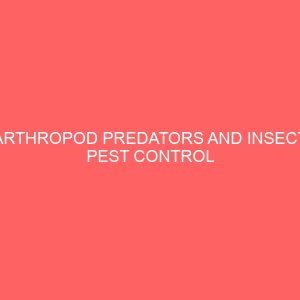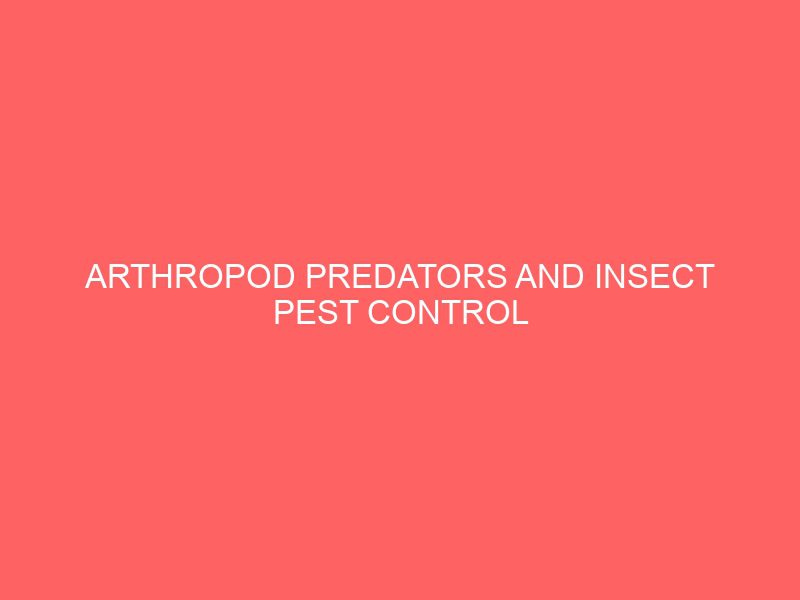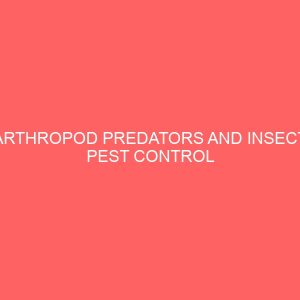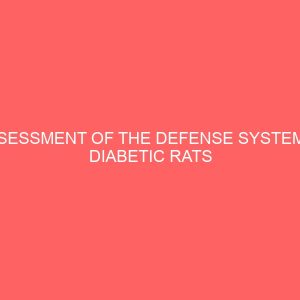Description
INSECT PESTS
The concise oxford dictionary of the English language define pest as a troublesome or destructive person, or things. Williams [1947]state that an insect pest is any pest in the wrong place.
The classification of an insect as a pest is a subjective one based on its potential damage to human purposes or natural habitats and eco-system. Insect pests are said to be able to kill agricultural crops, ornamental plants etc. They can also consume and damage harvested food and also cause illness or unproductively in agricultural animals e.g. Cattle and vector as larvae while they may be pollinators in adulthood.
Some insects that are considered as pests are actually more beneficial than pestiferous for example wasps predate or parasitize many insects. An insect pest may cause injury which may be physical (bites and stings) or medical (causing diseases or illness) or economic (monetary lose of goods or properties). Injury may arise directly from the pest itself or may develop indirectly as a result of the actions or behavior of the pest. Insect pest affect us in one way or the other by the following ways:
They are an annoyance or nuisance e.g. cockroaches
They endanger human health or safety
They threaten the welfare of useful plants or domestic animals
They damage stored products or structural materials.
Although insect pest attract the most attention many insects are beneficial to the environment and to humans. Some insect like wasps, bees, butterflies and ants pollinate flowering plants. Insect pests can be controlled by the use of pesticides, sterilization, destruction of infected plant, traps, hunting, field burning, poisoned bait and biological control.
Insect can cause damage directly by their feeding or making shelters or indirectly by other means. Direct method include chewing of plants e.g. grasshoppers caterpillars, root chewing beetle larvae and piercing ant sucking which is the direct removal of plants sap or animal blood e.g. aphids, mites, bed bugs, lice, vegetable bugs e.t.c. while the indirect method can be through vectors e.g. plants viruses and bacteria transmitted via aphids and leafhoppers, malaria e.t.c.







